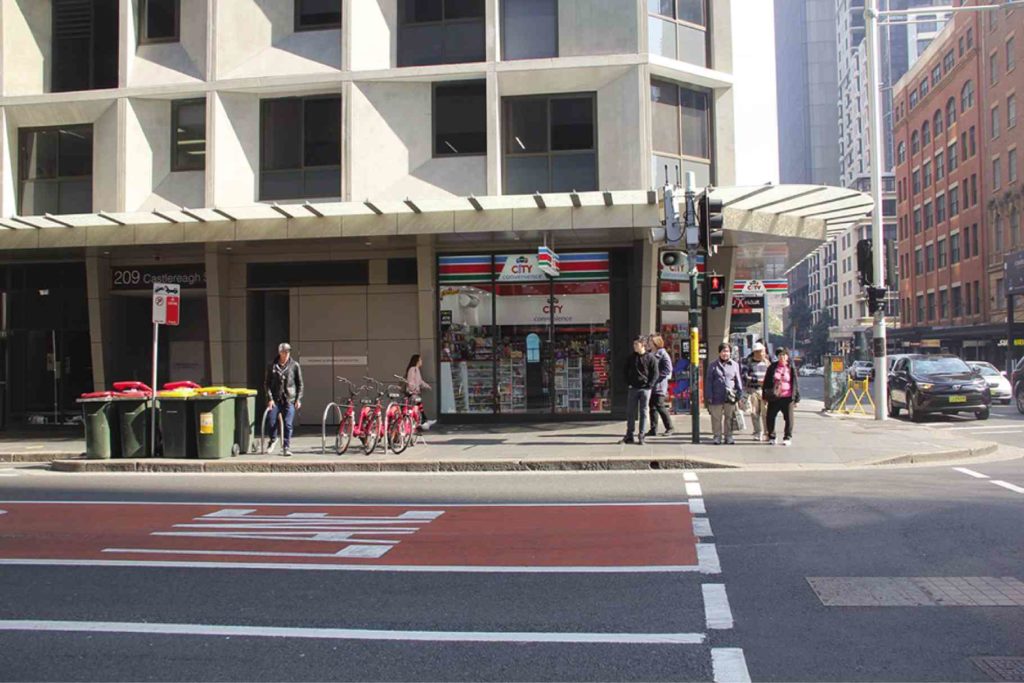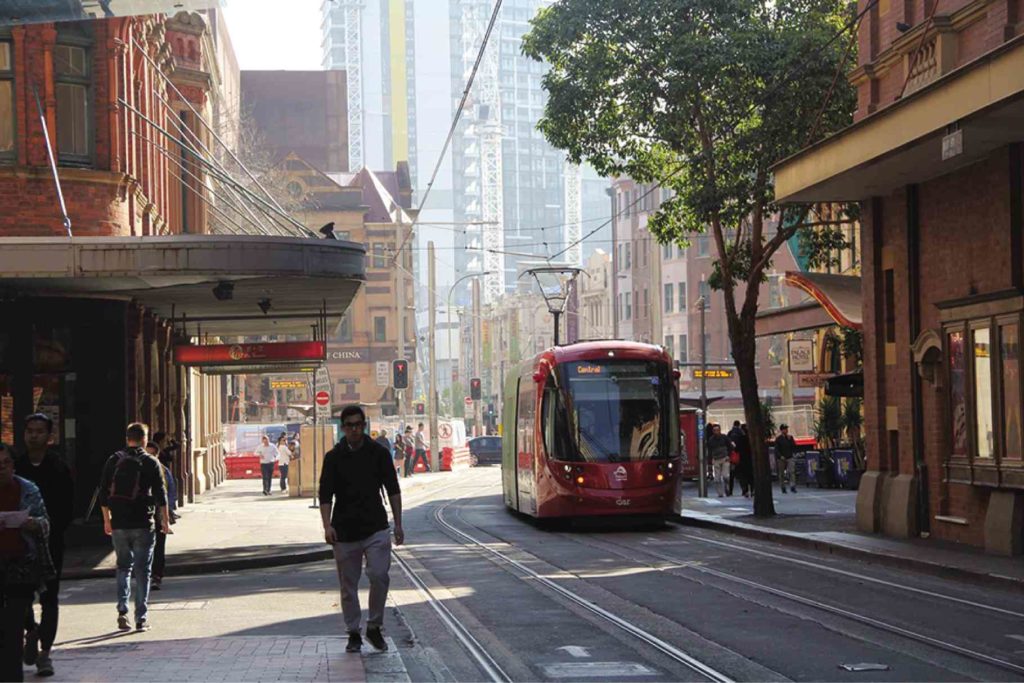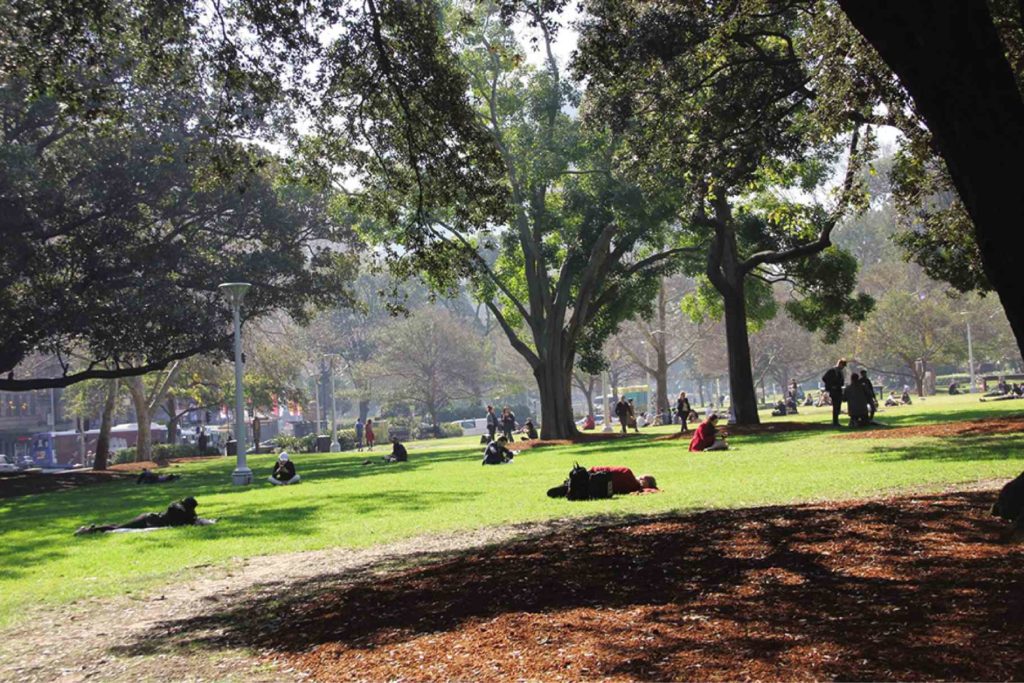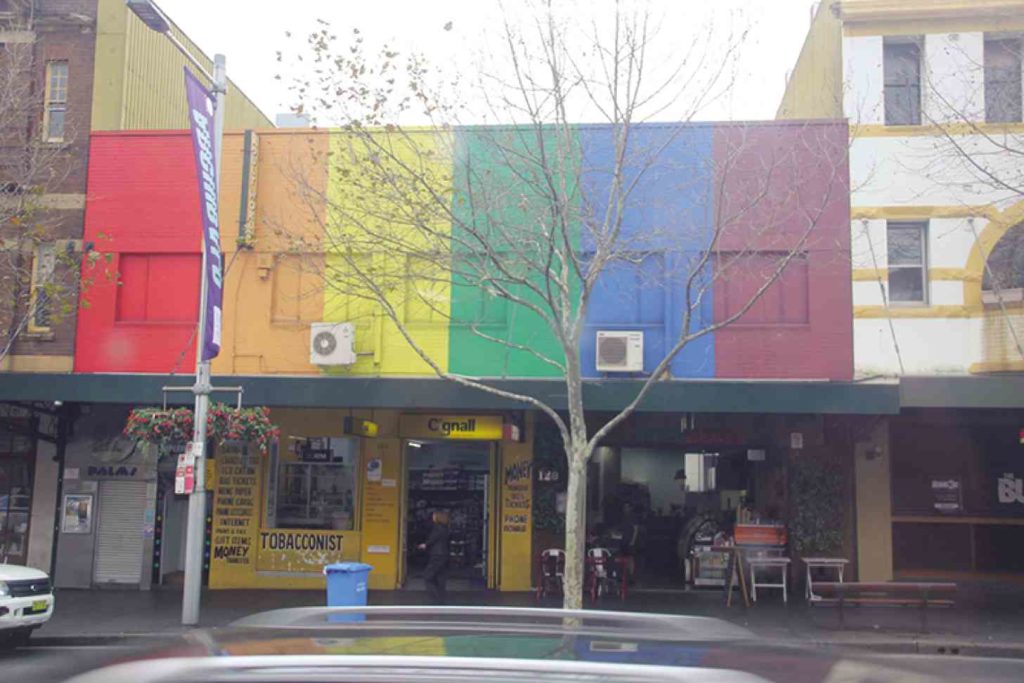City spaces: seeing Sydney
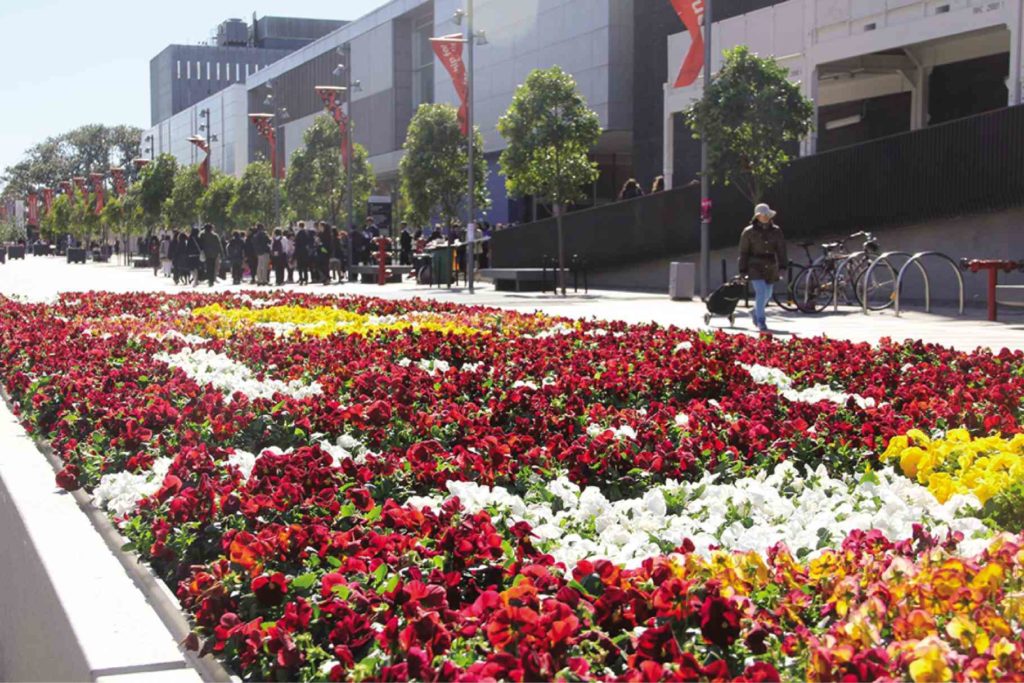
Certain elements play key roles in making the identity of a city. These can transform the way we experience a place, and may be helpful in revitalizing unplanned or unutilized spaces.
Visiting cities outside the country helps us gain perspective. Sometimes, what we deem as normal and acceptable is so, just because of a given environment that is difficult to change. To learn more about this, let’s take an eye-level view of Sydney.
Value of spaces
Space should be adequate to serve its purpose. In planning, public spaces and roads are laid out first. Spaces are used for development, and cities grow.
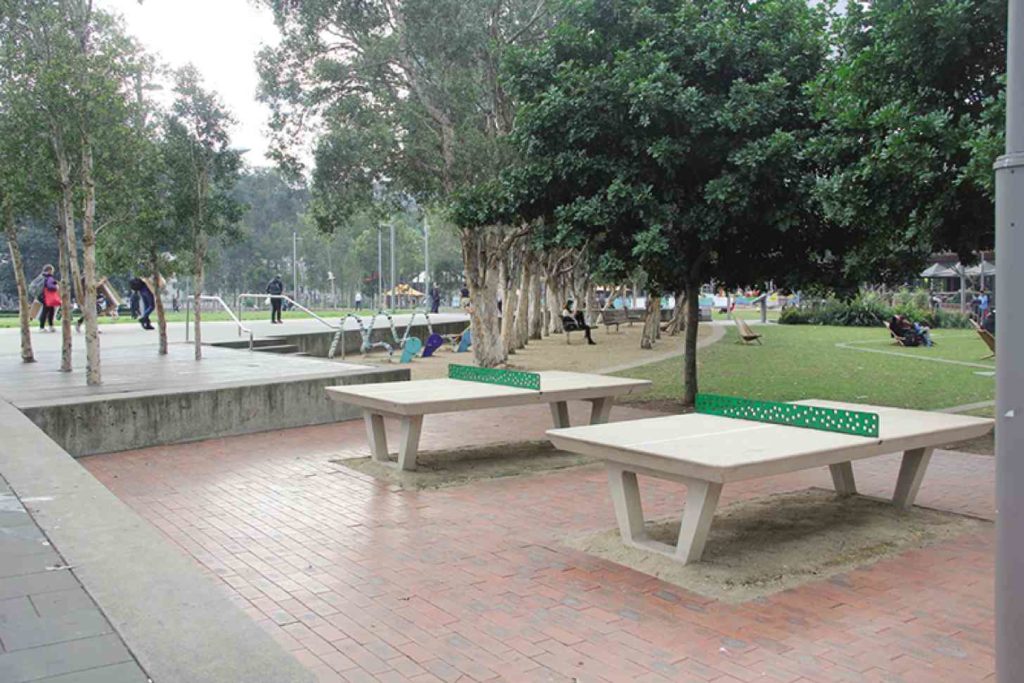
In being people-centric, sports equipment and other items can be used to encourage interaction for public spaces.
If done the other way around, streets and shared spaces suffer, resulting in congestion, less walkability, and other pressures on the urban landscape.
Social touchpoints
People are the life of cities, and so they should be the purpose of planning and design.
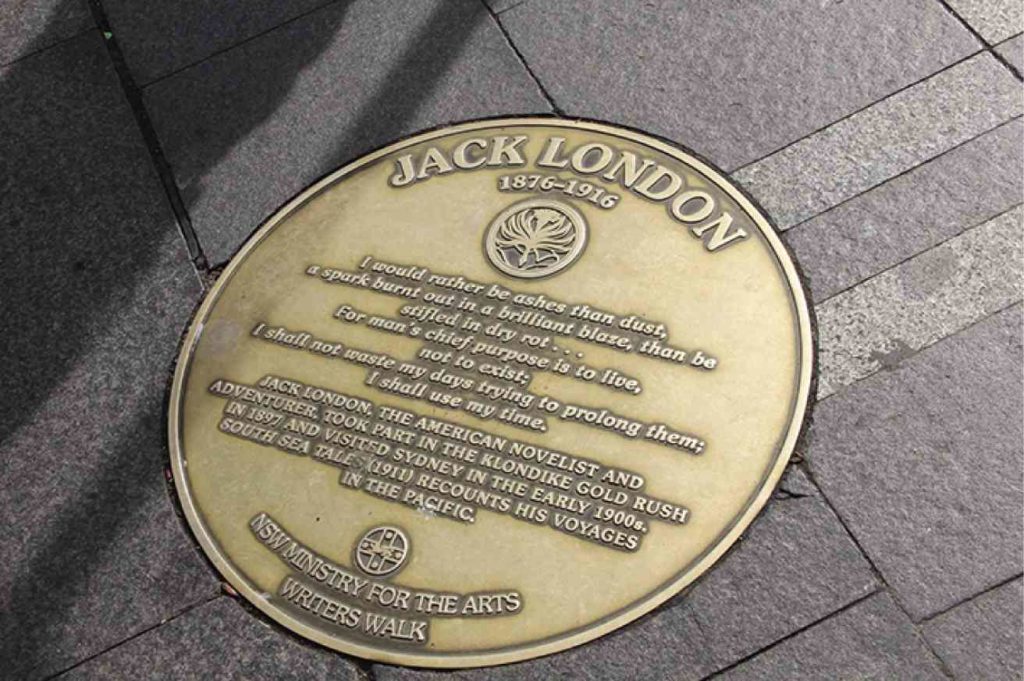
This is one of the plaques of Sydney’s Writers Walk, which makes walking reminiscent of fiction stories. Ragene Palma
Elements that encourage people to use streets, sidewalks, parks, and open spaces draw people to converge, making social touchpoints. These help create a unique experience and meaning of a place.
Improving our everyday spaces do not necessarily require large budgets, but can be fueled by creativity.
Ways to do this may be as simple as painting a pedestrian lane with colors and shapes, placing benches and seats on streets and sidewalks, or showcasing local artistry on blank walls.
Communities need not always depend on authorities, urban managers, or urban designers to provide direction in improving their neighborhoods and public spaces. Any citizen or local group can engage in what we call “placemaking.”
Pedestrian-centric
City planners contribute to the welfare of citizens by prioritizing pedestrians’ daily concerns, such as increasing green, open spaces, as well as providing accessible vicinity maps and signs of transport systems, among other elements that—in a bigger picture—can help improve the quality of life.
Embedding such strategies in localities—particularly those that struggle with dark, narrow streets, concrete without breathing spaces, and a car-centric mentality—can thoroughly improve city development.
Celebrating the city
Citizens celebrate culture through cities, and this is reflected in many ways: sharing a common vision; acknowledging the diversity, cuisine, or history of society; or simply through showcasing a top-of-mind icon through urban design.
Culture manifests from a common trait or strength of communities. This is the reason why we associate ideas or embed meanings when we pass by certain streets or parks.
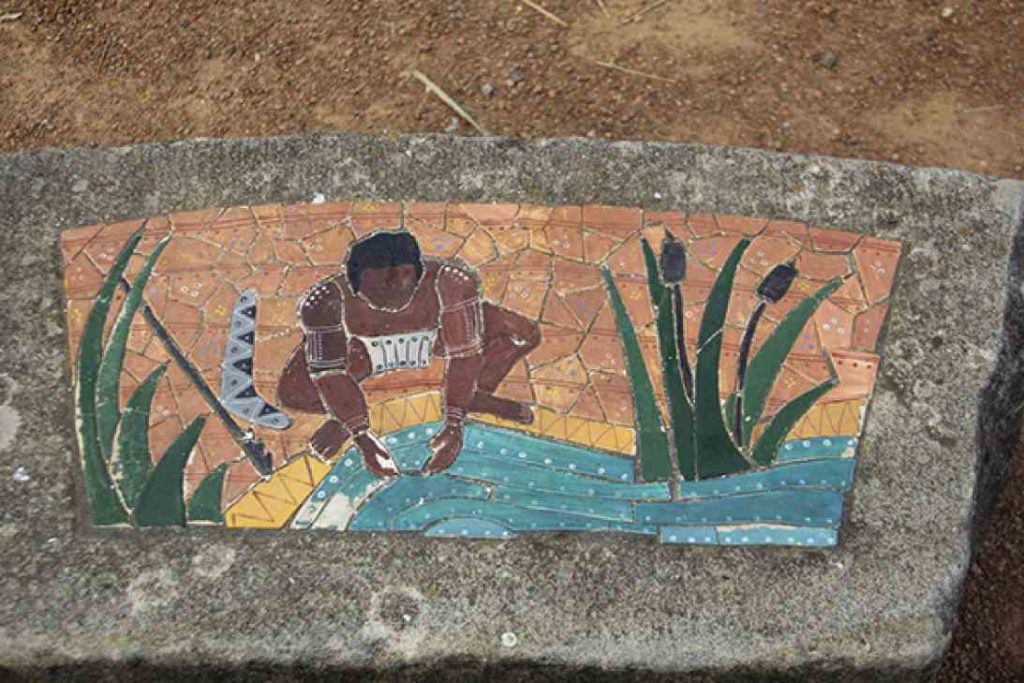
An aboriginal art plaque stands as a memorial on the ground, cherishing Australia’s history. Ragene Palma
Conspicuous, consistent slogans, pantones, designs, and shapes, which may consciously or subtly reflect the locality’s nature, enable us to better commune with locals and with the surrounding environment.
Taking pride in one’s city empowers us. Imagining it to be better sparks the hope to improve its liveability.
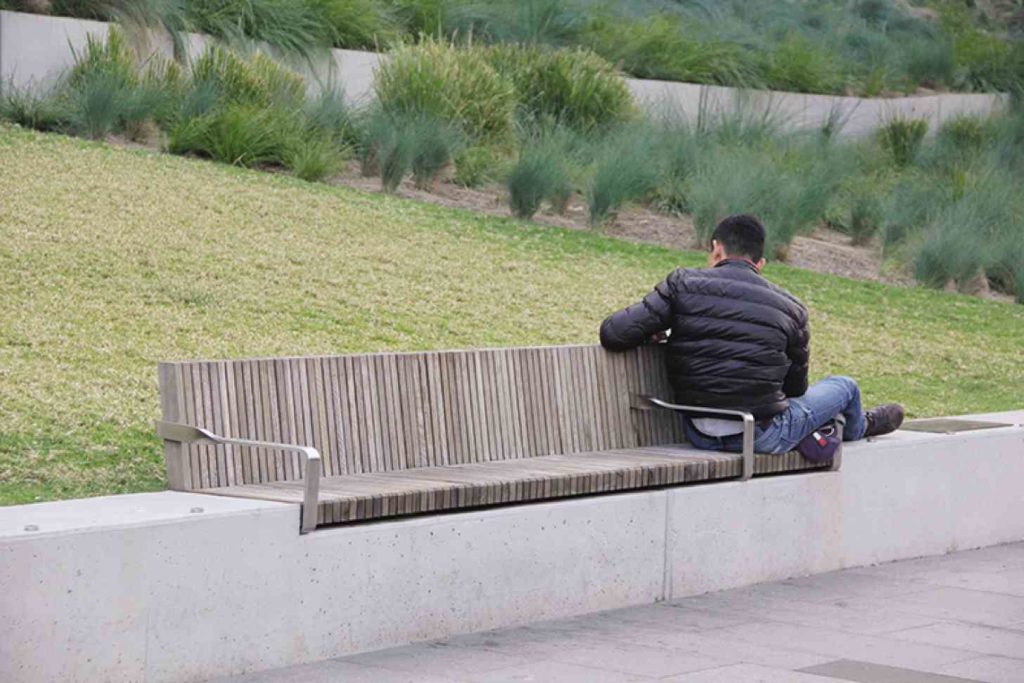
The author is an environmental planner in Metro Manila. She advocates for better understanding of cities, urban management, and citizen empowerment in the Philippines. Her participation in a 2017 Harvard Project Conference brought her to Sydney, where she observed, studied, and documented these city elements.

